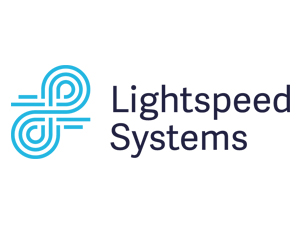What Are the Funding Challenges Facing K–12 Districts?
Throughout 2020, many school districts were spending a lot — and spending it fast —to acquire the necessary technology to enable remote learning. The need to adapt quickly to the pandemic emergency led to indiscriminate spending, as schools sought any tech they could get. School leaders frequently didn’t have the luxury of wondering which products would work best or considering the long-term commitments they were making.
“Those extra dollars have created long-term financial challenges,” says Anthony Padrnos, executive director of technology at Osseo Area Schools in Minnesota. As 2024 approaches, those challenges will need addressed.
“We’ll have to make difficult decisions about where we potentially pare down resources, support and services,” says Padrnos. Those decisions need to be well informed, which is why data analytics have become an important tool for school IT teams. When used well, these solutions can lead directly to ROI improvement.
How Do Data Analytics Tools Prepare Districts for the Funding Cliff?
Lightspeed Systems’ analytics solutions count among the data tools empowering K–12 districts to gain better, actionable insights into their application use and network visibility.
Osseo Area Schools, Minnesota’s fifth largest school system, is among the districts using Lightspeed Systems’ analytics solutions to improve ROI.
“Lightspeed Systems helps us gather the data of all the system tools we’re using, and it helps us understand if we are getting return on investments within our technology and digital landscape,” Padrnos says.
Even before the pandemic, it was important to Osseo Area Schools to use Lightspeed Systems to monitor the three sources of funding it receives: federal funding, state general education funds and voter-approved tax levies. “We used that data to see how things are being used in our system, as well as an analytics tool to understand where our dollars are being spent,” says Padrnos. Understanding where money is going is even more important now as the cliff looms.
Click the banner to explore stories of IT leaders, admins and educators working together.













